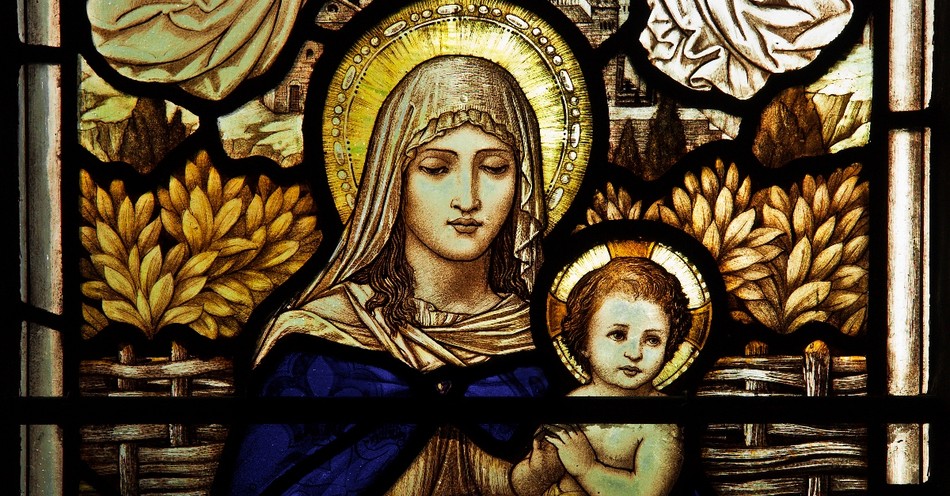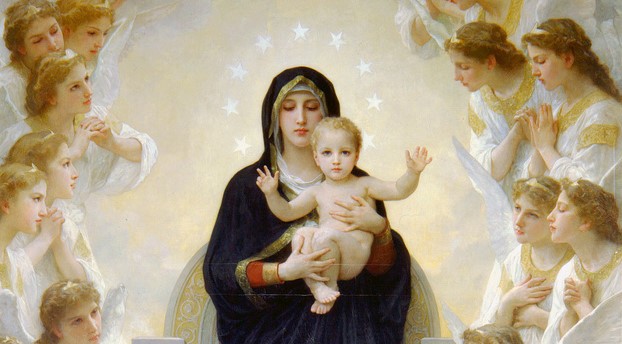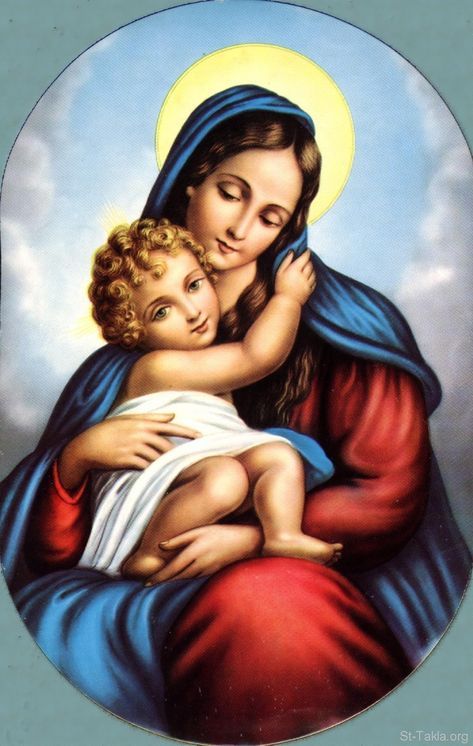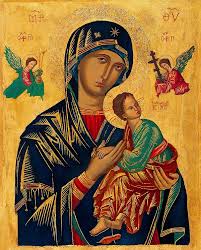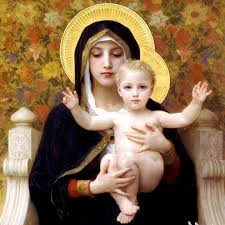Miracles and Marian Shrines: A Theological and Sociological Analysis
This article provides a comprehensive analysis of reported miracles associated with Marian shrines, integrating theological and sociological perspectives to understand their enduring significance. We will define key concepts to establish a robust analytical framework. A miracle, in this context, is defined as an extraordinary event attributed to divine intervention, defying known natural laws. A Marian shrine is a sacred site associated with apparitions or significant events relating to the Virgin Mary, serving as a focal point for pilgrimage and devotion. Intercession refers to Mary's role, as understood within Catholic theology, in mediating between humanity and God. The analysis will draw upon relevant sociological theories, psychological principles, and theological interpretations to illuminate the multifaceted nature of these phenomena.
The Role of Intercession and Collective Belief in Shaping Experiences at Marian Shrines
Marian shrines function as powerful centers of Catholic faith, attracting millions of pilgrims annually. This enduring appeal can be analyzed through the lens of Durkheim's theory of collective effervescence, which posits that shared religious experiences generate heightened emotional and social energy. The collective belief in Mary's intercession and the potential for miraculous events fosters a strong sense of community and shared purpose among pilgrims. This collective effervescence strengthens individual faith, creating a powerful emotional context conducive to reported miraculous healings and spiritual transformations. Furthermore, the placebo effect, a well-documented psychological phenomenon, significantly influences perceived healing; strong faith and expectation of healing can activate the body's inherent restorative mechanisms. The numerous testimonials of healing and spiritual renewal at these shrines support this interplay between sociological and psychological factors.
Theological Interpretations of Marian Apparitions and Their Significance within Catholic Doctrine
Catholic doctrine provides a framework for understanding Marian apparitions and their significance. These apparitions, often interpreted as divine communications, reinforce the belief in Mary's intercession and her ongoing role in the spiritual lives of believers. The theological interpretations surrounding these events shape the devotional practices and expectations of pilgrims. The acceptance and interpretation of apparitions vary within Catholic theology, highlighting the complex interplay between faith, doctrine, and individual experience. The analysis of specific doctrinal pronouncements related to apparitions provides further insights into the theological underpinnings of beliefs associated with Marian shrines.
Case Studies: Examining Specific Marian Shrines and the Dynamics of Faith and Healing
Several prominent Marian shrines illustrate these dynamics. Our Lady of Guadalupe in Mexico City, with its iconic image, represents a powerful symbol of faith and national identity, attracting immense pilgrimage. The reported miraculous healing waters of Lourdes, France, highlight the intertwining of faith, expectation, and potential psychosomatic effects. The apparition at Fatima, Portugal, and its associated "Miracle of the Sun," exemplify mass-witnessed events that profoundly influence belief systems. Similar collective experiences are reported in Medjugorje, Bosnia and Herzegovina, with its ongoing apparitions, and Knock, Ireland, demonstrating the geographical and cultural diversity of these phenomena. Analyzing these case studies allows for a comparative understanding of the varied manifestations of faith and the role of cultural contexts in shaping beliefs and experiences.
Devotional Practices and Their Contribution to Spiritual Experiences
The recitation of the rosary, a central devotional practice at many Marian shrines, fosters a meditative state conducive to spiritual experiences and feelings of peace and comfort. The repetitive nature of the prayer, combined with its focus on Mary's life and role, may facilitate a sense of connection and solace. This practice, combined with other devotional acts such as prayer and acts of piety, strengthens the sense of community and shared faith amongst pilgrims. The intensity of devotional practices at these sites are often cited as factors contributing to reported miraculous healing and conversions.
Pilgrimage as a Transformative Process: Sociological and Psychological Aspects
The act of pilgrimage itself constitutes a significant spiritual and psychological undertaking. The journey to a Marian shrine provides a time for introspection, prayer, and detachment from the stresses of daily life. This period of focused devotion facilitates profound spiritual growth, deepening one's relationship with God, and strengthening faith. Social interaction among fellow pilgrims further enhances the transformative impact, fostering a sense of belonging and shared experience. Applying pilgrimage theories helps illustrate how this journey can serve as a Rite of Passage, marking significant personal or spiritual transformations.
Conclusions and Recommendations
The reported miracles associated with Marian shrines are the result of a complex interplay of faith, collective belief, psychological factors, and theological interpretations. While scientific methods can explore potential physical explanations for some reported healings, the enduring power of these sites resides in their capacity to foster strong community, shared experiences, and profound spiritual transformations. Future research should employ mixed-methods approaches, integrating quantitative analyses of reported healings with qualitative studies exploring the subjective experiences of pilgrims. This multi-faceted approach will provide a deeper understanding of the diverse factors shaping these phenomena. Further research should explore the cultural and socio-economic factors influencing the popularity and perceived efficacy of Marian shrines across varied geographical and socio-cultural contexts.
This analysis suggests that the significance of Marian shrines extends beyond literal interpretations of miracles. The spiritual and social benefits, including strengthened faith, community bonding, and emotional healing, highlight their substantial role in religious practice. These findings underscore the need for continued interdisciplinary research, integrating theological reflection on Mary's role within the Church with psychological and sociological explorations of faith-based healing and community formation. A deeper understanding of these factors will enhance our capacity to appreciate the complexities of religious belief and practice.
Reader Pool: Considering the complex interplay of faith, psychology, and sociology in shaping experiences at Marian shrines, what innovative research methodologies could most effectively illuminate the nuanced relationship between these factors and reported miracles?


